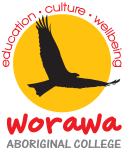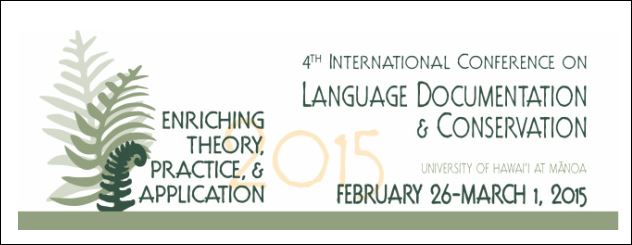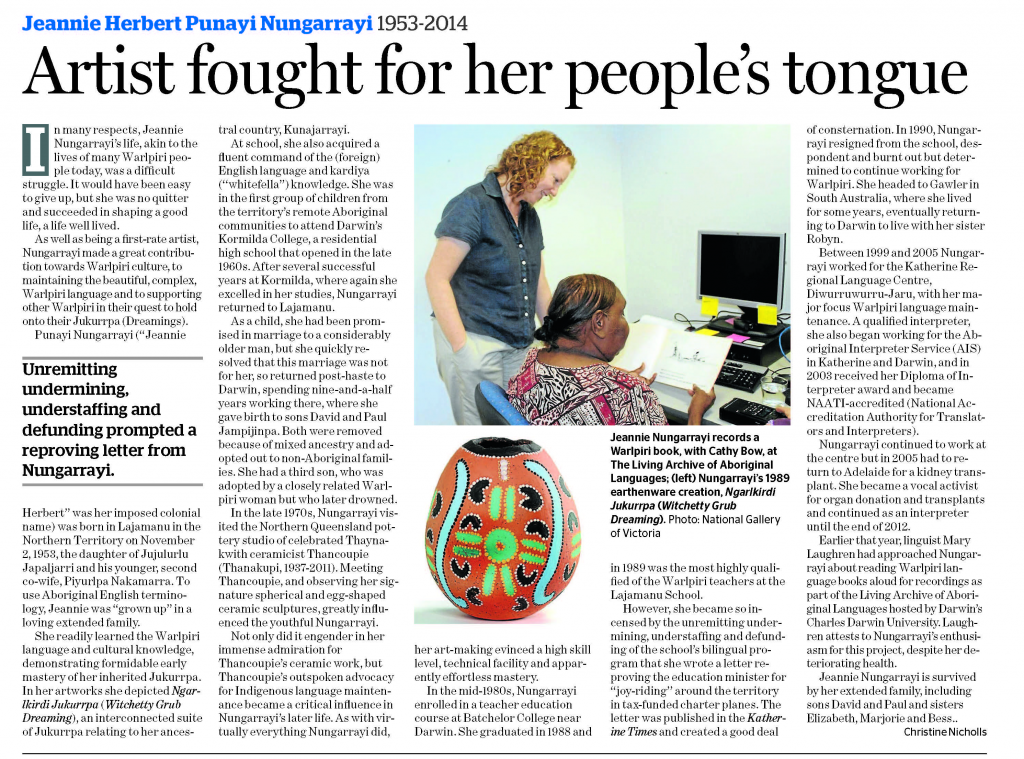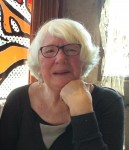Project manager Cathy Bow recently visited Wurrumiyanga on Bathurst Island in regard to the collection of Tiwi books for the Living Archive project.
Wurrumiyanga was one of the first communities I visited when the project began in 2012, and Tiwi is still one of my favourite collections of books. Wonderful stories with incredible illustrations, good metadata (identifying who wrote and illustrated each book, what year it was published, etc.) and almost all with English translations. The Literature Production Centre at MCPS (Murrupurtiyanuwu Catholic Primary School) has a resource room with lots of copies of each book, in numerical order, some carefully packaged up to protect them from dust, all carefully preserved and easy to access.
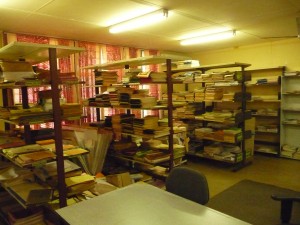
The resource room at the Literature Production Centre at MCPS Wurrumiyanga
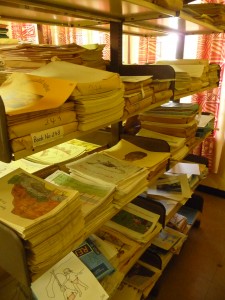
All the books are neatly arranged in order
I travelled with Ailsa Purdon, the language and literacy advisor from the Catholic Education Office. She spent time with Fiona and Millika, helping them develop resources for teaching Tiwi language and culture in the classrooms. They were excited to see the books on the Living Archive website, and Fiona was enjoying reading the stories aloud and explaining them to us. The illustrations she made for Ngirramini ngini Japarra amintiya Purrukuparli (The Tiwi legend of Japarra and Purrukuparli) are incredible.
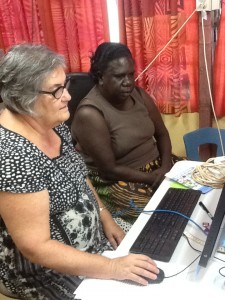
Ailsa & Fiona exploring the Living Archive
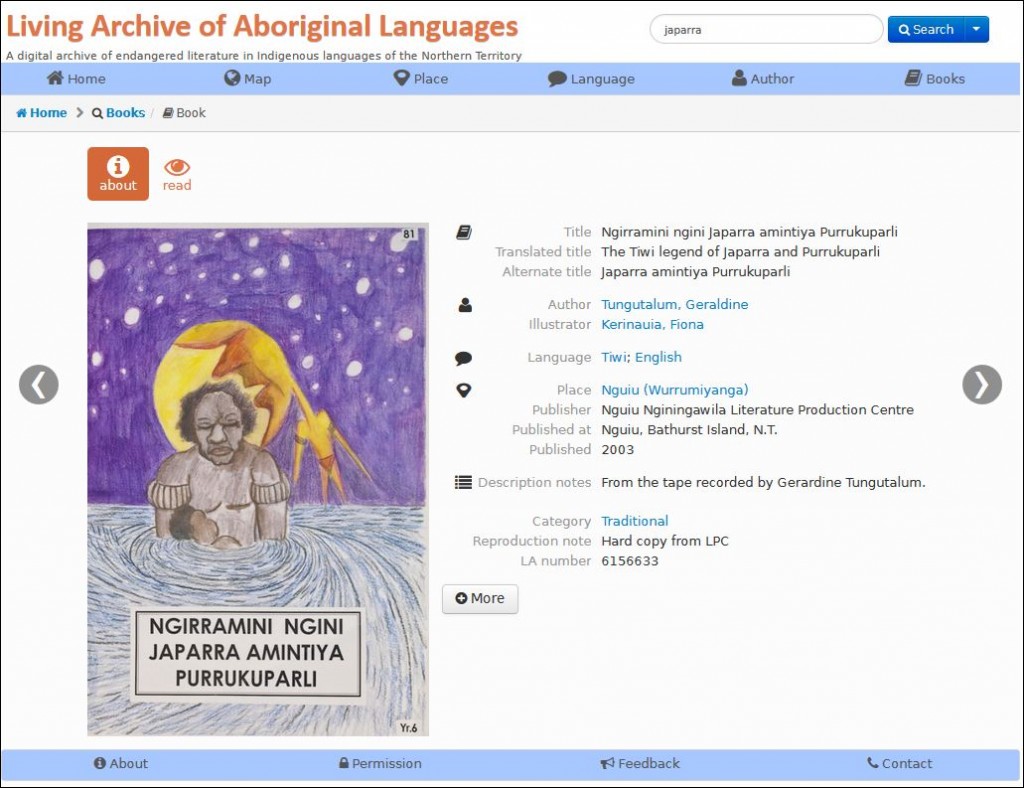
One of the many books Fiona illustrated
We met with the school principal, Daniel Graves, who was delighted to hear about the Living Archive project and keen to see it used in the classrooms. We discussed ways the materials can be used not just in Tiwi language classes, but also in history, science, English, and other parts of the school curriculum. He’s planning to get the LAAL Reader app to get all the Tiwi books on to the school’s iPads.

Dulcie Tipungwuti with the values of the school in Tiwi and English
Since we think it’s important to get approval from the original creators of the materials to put them on our open access website, I spent time going around the community with Dulcie Tipungwuti. She introduced me to many of the people who either worked in the LPC or were involved in telling or writing stories, or making illustrations. Everyone was happy to sign the permission form and was pleased to know that the books hadn’t been forgotten. There are still several people we haven’t found yet, but we’ll keep trying!
We bumped into Magdalen Kerinaiua who had come to the gathering of linguists and language workers we had at Batchelor last year, and who is still involved with language work at the Museum. I reminded her of the video made by ABC Open about her grandfather’s story. More of his wartime stories are available in one of the books in the LAAL collection: Ngirramini ngini Karri Ngiyarringani Kapani Yimamani Parlingarri (Purraputimali) (Memories of my father Louie Munkara)
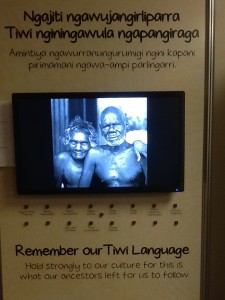
From an exhibition in the Patakijiyali Museum
Sister Anne Gardiner has done amazing job keeping up the Patakijiyali Museum, with a focus on language and culture, including the sale of Tiwi language books and exhibitions incorporating Tiwi language. Sr Anne has been a long time advocate for Tiwi language and culture over many decades, and has been very helpful to the Living Archive project since it started.
I brought back more Tiwi language books to be scanned and uploaded to our archive, and with the signatures we managed to get I can release more books to public view on the website. We also found a video and an audio file to upload. We look forward to hearing about the exciting ways this fantastic material is being used in the school and the wider community.


